Tye Farrow makes the case for how a salutogenic approach to design can support neurological health, emotional well-being and human performance
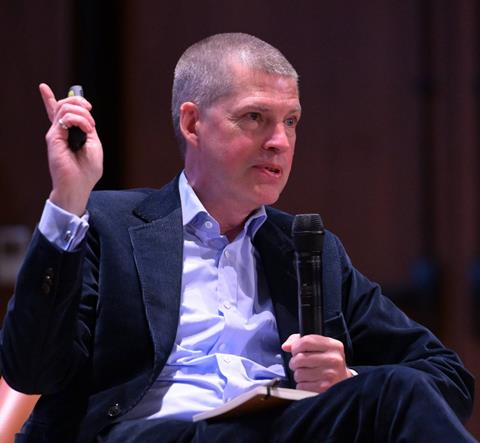
Research out of Harvard University has shown, remarkably, that we spend more time indoors than most whales spend underwater. We’re quick to recognise the dangers of microplastics and pollutants for marine life, but we rarely reflect on our design decisions and our own surrounding built environment through a similar health-promoting lens.
What if health were the basis for judging every public space and building? What if, instead of simply asking how buildings make us feel, we asked how they can make us feel better?
There is no such thing as neutral space. What we build affects how we experience the world and therefore has the power to either cause or undermine our health. Historically, attitudes towards health have been holistic, seeking to understand its origins and causes. However, modern medicine, and too often, architecture, has been dominated by pathogenesis: the study of disease.
Medical researchers have identified more than 8,000 diagnoses or symptoms of diseases. Why haven’t we identified 8,000 causes of health or symptoms of wellness that lead to a healthier society? One finds what one looks for.
In the built environment, this means that too few spaces are deliberately designed to nurture well-being, creativity, empathy and emotional flourishing. This is where a salutogenic approach to architecture offers a path forward.
The term salutogenesis, coined in 1979 by Israeli-American medical sociologist Aaron Antonovsky, is derived from the Latin words salus (meaning health) and genesis (meaning origin), and signifies a profound shift in thinking. It moves from a deficit-based view of health (pathogenic) to an asset-based perspective.
Salutogenesis explores how our surroundings speak to us on many levels
Its key characteristic is a sense of coherence, supported by the notions of comprehensibility, manageability and meaningfulness, which are defined as follows:
Comprehensibility is the cognitive dimension and refers to the extent to which we perceive our environment through our internal spaces (our mind) and external places (our habitat). This relates to the extent to which a space feels legible and ordered. Does it make sense to the mind? Is its purpose and flow clear?
Manageability is the degree to which we have agency over our internal resources (mind health) and external environments (placemaking), and how we can use them to meet the requirements of the changing events around us.
Meaningfulness is the motivational dimension: the extent to which we feel that life has meaning and purpose, both as we understand it internally within our mind and as expressed externally within the places we live, work, learn, heal and play.
These concepts are not abstract. Consider approaching a building: is it apparent where the front door is? When you move through a building, is the wayfinding clear? And does the interior spatial configuration communicate to you a larger and broader purpose?
These types of intentional built interventions are shown to trigger the release of neurochemicals and hormones that reduce cortisol levels (stress/anxiety hormone) and increase serotonin and endorphin levels (well-being neurotransmitter). Buildings, in other words, can be therapeutic.
Salutogenesis explores how our surroundings speak to us on many levels. As they communicate messages, we form a cognitive relationship with them that we can evaluate and modify to improve social interaction, memory, intelligence, health and well-being.
We need to find a new path forward, whereby placemaking is conceived fundamentally as a health-generating system
Significant literature in the fields of medical therapeutics and social services identifies how to reduce these negative effects. But comparatively little has been written in architectural journals about the opposite – that is, how building design can act as a non-invasive therapeutic treatment to not just reduce stress but also increase comfort, induce a positive range of feelings and enhance the conditions in which we prosper and grow.
Buildings are not just backdrops to our lives, they are agents that influence our biological, psychological, sociological and spiritual states. They can support our neurological health and well-being and enhance our mind health. Yet too often, we treat architecture as fixed, as passive, as separate from the systems of health and care. In truth, it is one of our most powerful tools.
At its core, salutogenesis is about what makes people healthy. If we apply salutogenic thinking to architecture, we can make informed and intentional design choices that create neurological experiences that enhance human performance. By taking a salutogenic approach to architecture, we can intentionally construct places that enhance human health. We can use placemaking to design the conditions in which we flourish.
We need to find a new path forward, whereby placemaking is conceived fundamentally as a health-generating system, which, at its roots, is an accelerant for psychological, physical and biological well-being. Meaning, we need to view architecture not by what it is, but what it does, and its ability to promote good health.
Postscript
Tye Farrow is senior partner at Toronto-based Farrow Partners. He specialises in the intersection between architecture and neuroscience.
He is the author of Constructing Health: How the Built Environment Enhances Your Mind’s Health, published by University of Toronto Press.


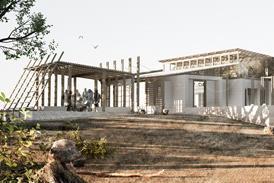


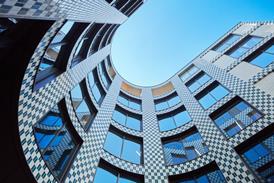
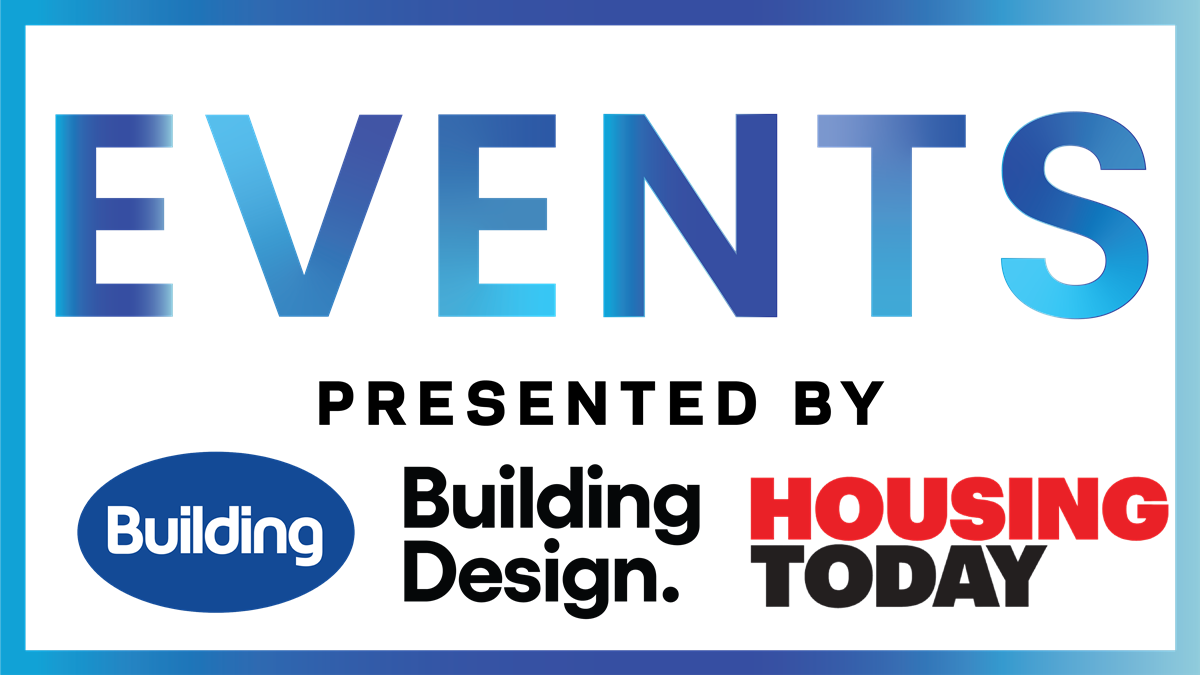
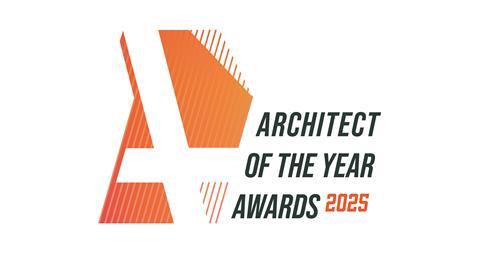








No comments yet